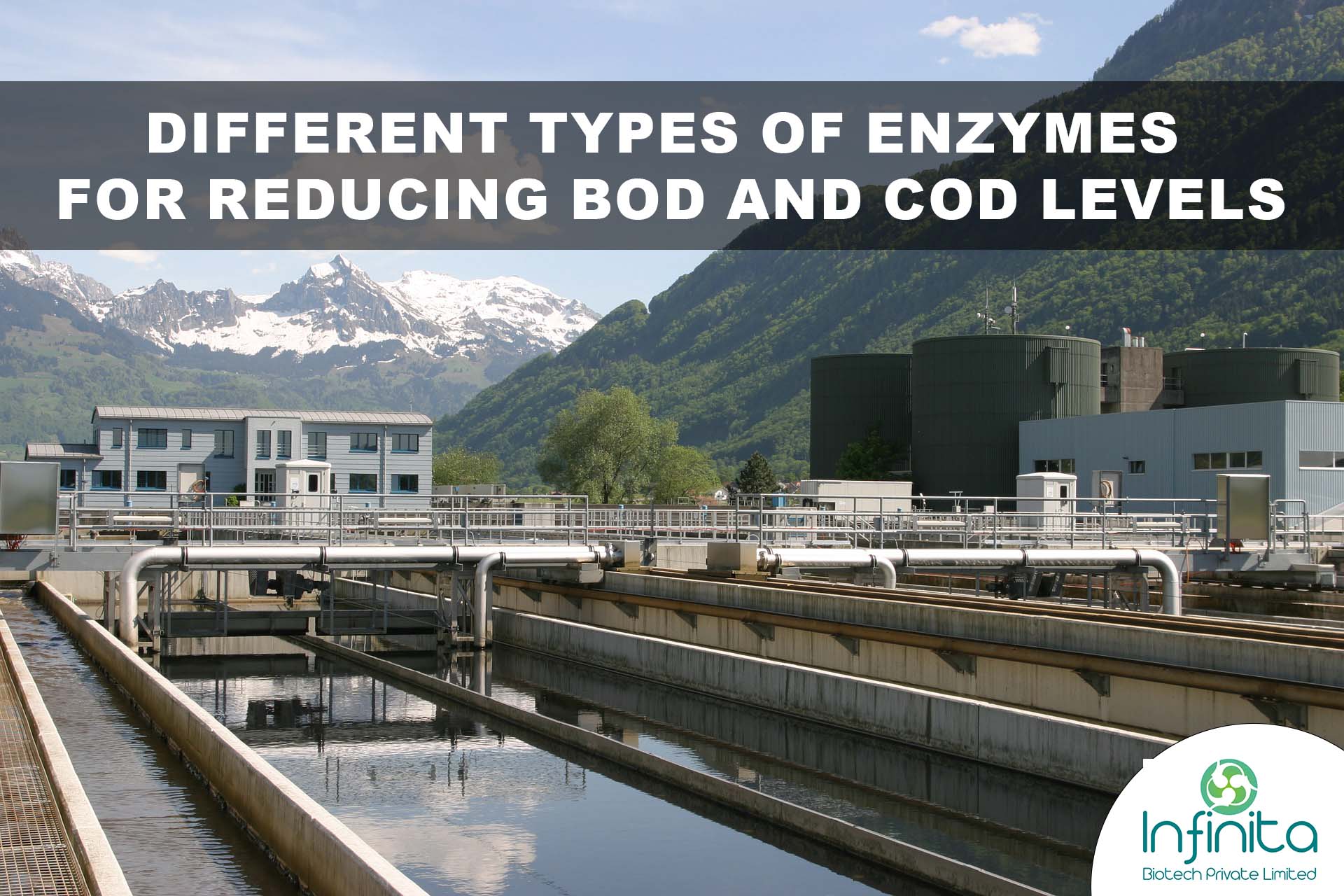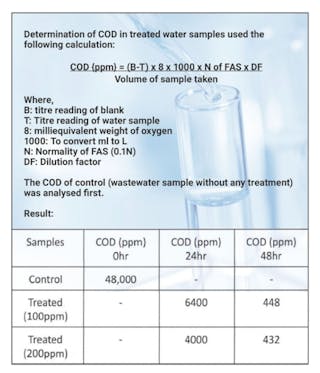BOD, or Biological Oxygen Demand, and COD, or Chemical Oxygen Demand, are two measures of the amount of oxygen required to break down organic matter in water. These measures are used to assess the quality of water and to identify sources of pollution. In this essay, we will discuss the advantages and disadvantages of BOD and COD.
One advantage of BOD is that it is a measure of the amount of oxygen consumed by microorganisms in the process of breaking down organic matter. This means that BOD can be used to assess the health of an ecosystem, as high BOD levels can indicate an excess of organic matter and a potential threat to the ecosystem.
Another advantage of BOD is that it can be used to identify sources of pollution. For example, if BOD levels in a water body are higher than normal, it could be an indication that there is excess organic matter present, possibly from a nearby sewage treatment plant or agricultural runoff.
One disadvantage of BOD is that it can be time-consuming to measure. The process involves collecting a water sample, incubating it for five days, and then measuring the amount of oxygen consumed by the microorganisms during this time. This can make it difficult to get timely BOD readings in situations where quick action is needed, such as in response to an oil spill.
Another disadvantage of BOD is that it only measures the oxygen demand of biodegradable material, meaning that it does not take into account non-biodegradable pollutants like heavy metals or chemicals. This can make it less useful for identifying certain types of pollution.
COD, on the other hand, measures the amount of oxygen required to break down both biodegradable and non-biodegradable organic matter. This means that COD is a more comprehensive measure of the oxygen demand of organic matter in water.
One advantage of COD is that it can be measured more quickly than BOD, as the process involves a chemical reaction rather than a biological one. This makes it a useful tool for identifying pollution in real-time.
However, one disadvantage of COD is that it is not as sensitive to changes in the ecosystem as BOD. This means that COD readings may not accurately reflect the health of an ecosystem, as they do not take into account the presence of microorganisms or their role in breaking down organic matter.
In conclusion, BOD and COD are both useful measures of the amount of oxygen required to break down organic matter in water. BOD is a measure of the oxygen demand of biodegradable material and is useful for assessing the health of an ecosystem and identifying sources of pollution. However, it can be time-consuming to measure and does not take into account non-biodegradable pollutants. COD measures the oxygen demand of both biodegradable and non-biodegradable organic matter and can be measured more quickly than BOD. However, it is not as sensitive to changes in the ecosystem and may not accurately reflect the health of an ecosystem.






